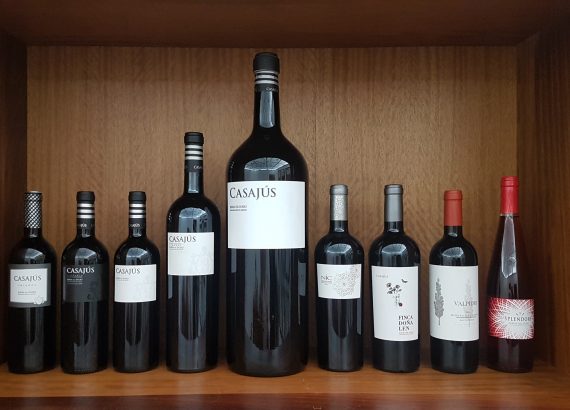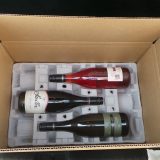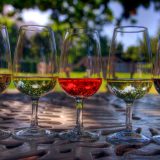Wine forms through a natural reaction. People are needed in the winemaking process to help make the quality better. Here is the winemaking process from harvesting grapes to the bottling of wine for sale.
Harvesting Process
Grape is the only fruit used in winemaking owing to its reliable sugar levels that are able to capitulate enough alcohol for the drink. Other fruits do not have esters, tannins and requisite acids to make natural wine. Grapes used in making fine wine should be harvested when they are physiologically ripe. Winemakers, proprietors, consultants and vineyard managers decide when harvesting should be done. Either machines or hands can be used in harvesting. Most of the estates prefer hands to machinery as machines often cause damage to the vineyards and the grapes themselves . Winemakers sort the grapes at the winery before they are crushed.
Crushing and Pressing
Traditionally, people used to stomp on grapes during this process. Today, mechanical crushers are used to crush grapes in this stage of winemaking. Mechanical pressing improves longevity and the quality of the wine. The process of making red wine and white wine is the same until the crushing process begins. White wine is made by pressing the must after crushing to separate the juice from seeds, solids and skins. This stops tannins and unwanted colour from leaching the white wine. Red wine is allowed to have contact with grape’s skin to have colour and flavour.
Fermentation
This is where the magic occurs in winemaking. Winemakers prefer intervening in the fermentation process rather than letting it occur naturally. They kill all the natural yeast and introduce a certain type of yeast with which they can predict the result. This is the process where sugar converts into alcohol.
Clarification
This is the process where unwanted solids are removed from the wine. Winemakers siphon wine from one tank to the other intending to leave precipitates in the fermentation tank. Filtration is then done to any solids still in the wine. Fining then occurs to clarify the wine.
Aging and Bottling
Winemakers can bottle wine for sale immediately after clarification. They also have the option of allowing them additional ageing time. Ageing can take place in ceramic tanks, stainless steel or bottles.


